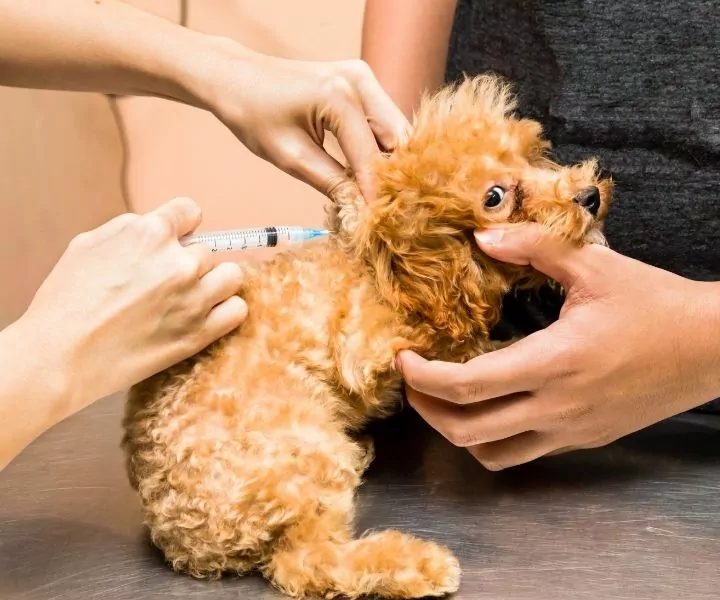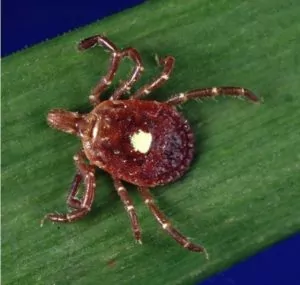The geographical constitution of Europe makes it hard to have a definitive puppy shots chart applying to Europe and all countries. Not only that there is variability between countries, but many veterinary practices suggest and work by ‘their own rules’ most of the time.

The veterinarian is the decisive factor in defining the schedule.
Puppy Shots Chart
In Europe, there is a huge economic difference between the countries. They can be divided into developed and developing countries which play a big role in the decision whether to follow frequent vaccination protocols or not. Thus, the protocols for puppies and older dogs vary between each country.
However, there are two types of vaccines that have different priorities in application – core and non-core vaccines. Regardless of the geographical location and economic circumstances, the core vaccines are the ones that all dogs must receive at least once in their lifetime.

Core Vaccines For Dogs
Core vaccines have high priority and the protection against severe infectious disease is of global significance. Members of this group are the CPV2 (Canine Parvovirus 2), CAV (Canine Adenovirus), and CDV (Canine Distemper Virus) vaccines.
Core vaccines are given either polyvalent or monovalent. The initial parenteral vaccine should be given to pups at an age of six to eight weeks. Revaccinations follow every two to four weeks until the dog turns 16 weeks of age.
Exactly how many primary vaccines will the puppy receive depends on the age of the dog when the initial one was received and the interval determined by the veterinarian.
The developed practice of receiving a booster vaccine at 12 months of age lately has been altered with a six months-of-age booster. In both cases, after the booster vaccine, the dog should not be given another core vaccine for another 3 years.
In Europe, the vaccine against Rabies is not only a core vaccine but also obligatory by law. Active immunization against Rabies is achieved with a shot given at 12 weeks of age. Revaccination follows annually.
In some countries, hounds are revaccinated every six months because of repeated interaction with wild animals.
Non-core Vaccines For Dogs
CPiV (Canine Parainfluenza Virus) immunization is achieved following the same protocol for the core vaccination. The only difference is that the re-vaccination should be repeated annually.
Initial vaccination against Bordetella bronchiseptica starts at three weeks of age and should be repeated every 12 months when it’s a live non-viral vaccine, with intranasal or oral administration.
Killed bacteria vaccines are administered parenterally at six to eight weeks of age and repeated at 10-12 weeks of age. The dogs should be re-vaccinated annually.

Lyme disease prevention is achieved with an initial shot at 12 weeks of age and a repeated dose between two to four weeks later. If there is a higher risk of interacting with Borellia burgdoferi, the dog can be vaccinated as early as nine weeks of age.
The annual re-vaccination should be in correlation with the tick season. The best case is when the dog gets a shot about a month before the season starts.
A vaccine against Leptospira interrogans is given at eight weeks of age with a repeated shot between two to four weeks later. Initial protection shots against Canine coronavirus and Canine influenza virus are given earlier than six weeks of age and repeated two to four weeks after.
In both cases, the re-vaccinations follow annually.
Endoparasites Prophylaxis in Puppies
Endoparasitic treatment against common internal parasites in puppies should start 10 days before the initial core vaccines are administered. 14 days after the puppy needs to receive the second treatment after which follows a lifelong repeated dehelmentization process with an interval of three months.
Make sure to check the Vaccination schedule for Cats in Europe!
